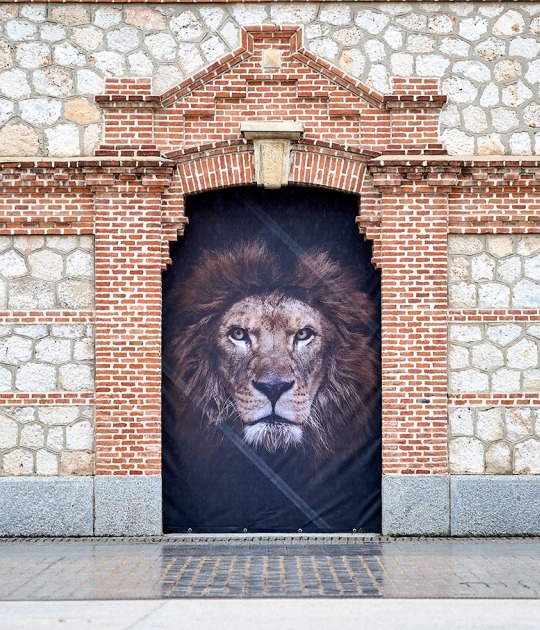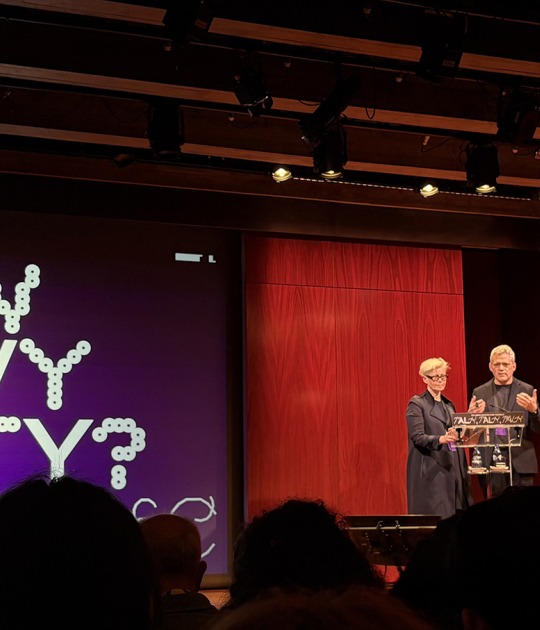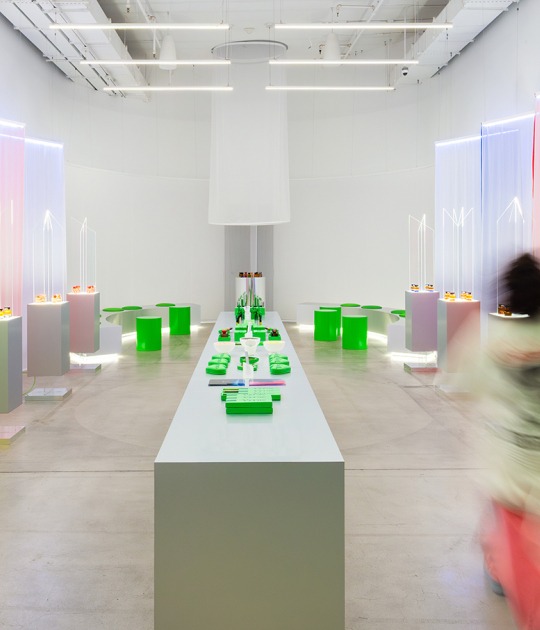After successive visits to the cold storage of a former slaughterhouse, now an exhibition room, Elena Alonso began to look at all the visual information that had been reflected in walls and ceilings. What most caught his attention were a series of holes scattered on the deck of the side aisles, closed in the last renovation.
The intervention proposes a tour of the room using a handrail as a guide. A line drawn in the plane like a drawing, which on this occasion takes a sculptural form. Its elaboration with different materials, such as wood, cement, cork, painted plaster or copper, demonstrates the artist's interest in craftsmanship and design, and offer the visitor the delight in sight and touch of the materials worked.
The intervention proposes a tour of the room using a handrail as a guide. A line drawn in the plane like a drawing, which on this occasion takes a sculptural form. Its elaboration with different materials, such as wood, cement, cork, painted plaster or copper, demonstrates the artist's interest in craftsmanship and design, and offer the visitor the delight in sight and touch of the materials worked.
In the penumbra of the room we find this particular guide that leads us to discover a new perspective of space. The holes have been reopened, through them the light enters and another upper gallery, hidden before the visitor's gaze, is glimpsed.
In this artistic intervention we find a set of contrasts, impediments and possibilities. In a way, remember the visitable caves where the tour shows us the particular geomorphology that retains in its previously static environment. In this case, the careful elaboration of the handrail contrasts with the brutality of the space.
The handrail is in turn a guide and a barrier, a line that draws and adorns the architecture of the room. A piece that we can see and touch, and that leads us to discover an unexpected place over our heads, but that we can only catch a glimpse from a distance.




































